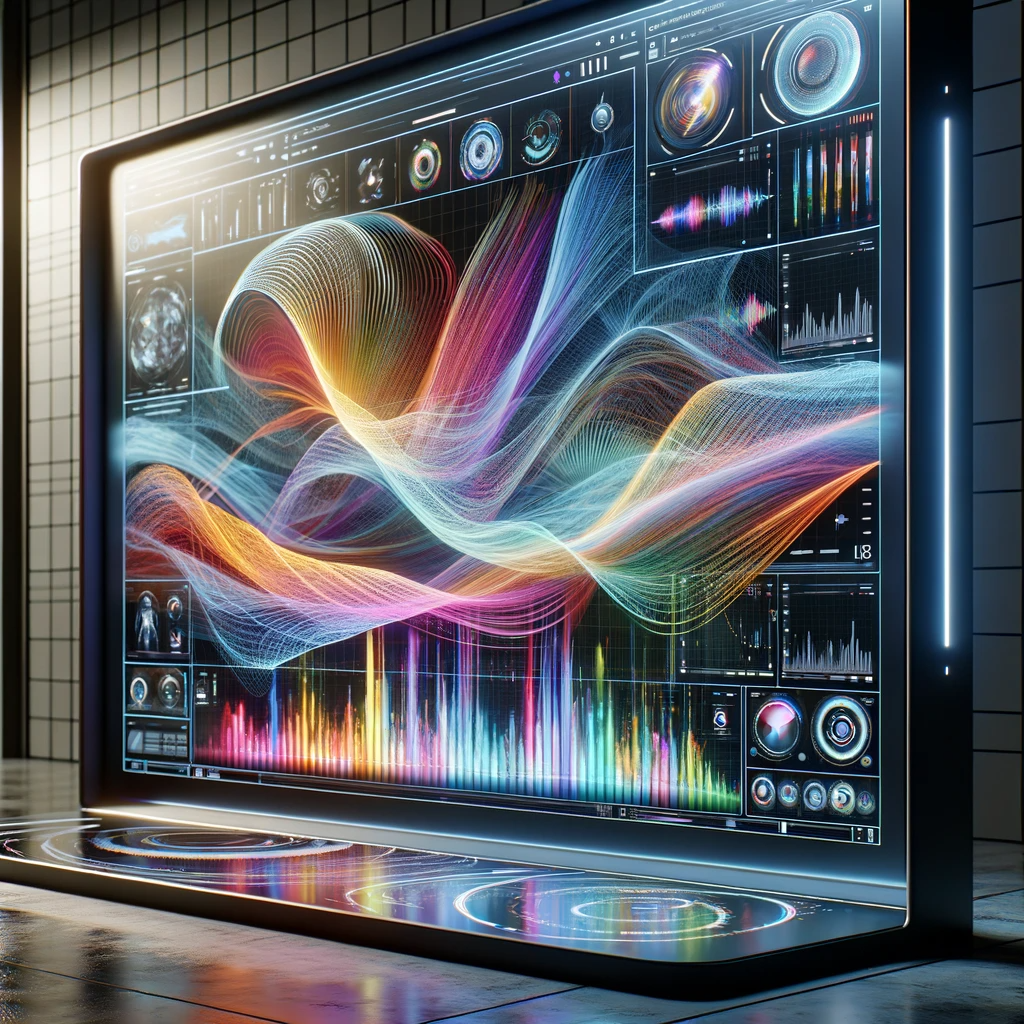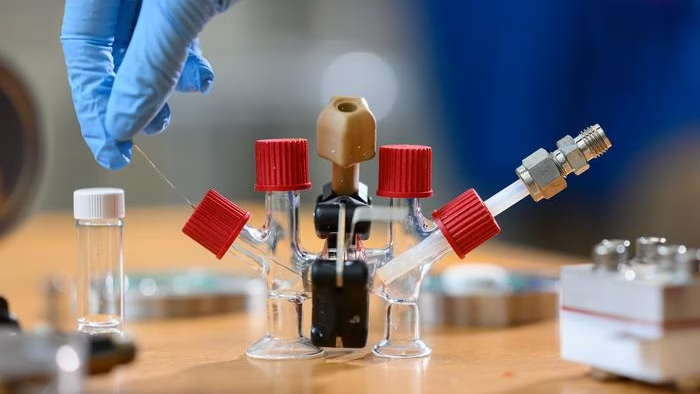From Ulsan National Institute of Science and Technology(UNIST) 09/11/23

The future of human-machine interfaces is on the cusp of a revolution with the unveiling of a groundbreaking technology – a stretchable high-resolution multicolor synesthesia display that generates synchronized sound and light as input/output sources.
A research team, led by Professor Moon Kee Choi in the Department of Materials Science and Engineering at UNIST, has succeeded in developing this cutting-edge display using transfer-printing techniques, propelling the field of multifunctional displays into new realms of possibility.
Traditionally, multifunctional displays have been confined to visualizing mechanical and electrical signals in light.
However, this pioneering stretchable synesthesia display shatters preconceived boundaries by offering unparalleled optical performance and precise sound pressure levels.
Its inherent stretchability ensures seamless operation under both static and dynamic deformation, preserving the integrity of the sound relative to the input waveform.

A key advantage of this groundbreaking technology is its potential to revolutionize wearable devices, mobile devices, and the Internet of Things (IoT) as the next generation of displays.
By seamlessly generating sound and light simultaneously, the stretchable display delivers a distinctive user experience and unlocks untapped potential for advanced encryption and authentication.
To demonstrate the capabilities of this synesthesia display, the research team presented two innovative applications.
Firstly, they showcased visual-acoustic encryption, an advanced encryption method that combines visual and auditory cues.
This breakthrough sets the stage for reinforced authentication systems that leverage the power of both sight and sound, elevating security to new heights.
Secondly, the team introduced a multiplex quick response code that bridges multiple domains with a single device.
This remarkable technology empowers users to interact with the display, ushering in a new era of seamless integration and user-friendly experiences.
Professor Choi enthused, “The demand for next-generation displays is skyrocketing, and this stretchable high-resolution display that generates sound and light simultaneously overcomes the limitations of previous light-emitting devices.”

“Our novel light-emission layer transfer technology, achieved through surface energy control, enables us to achieve remarkable patterns and maintain stability even under deformation.”
The manufactured device boasts exceptional brightness and sound characteristics, with a circular shape maintained at a remarkable rate of over 95% in more than 5,000 deformation experiments.
This unparalleled durability and versatility render the stretchable display ideal for a wide range of applications, including wearable speakers, double encryption devices, and multi-quick response code implementations.
According to the research team, this remarkable advancement in display technology propels us one step closer to a future where multifunctional displays seamlessly integrate with our daily lives.
As the demand for advanced human-machine interfaces continues to surge, the stretchable high-resolution multicolor synesthesia display offers a tantalizing glimpse into the limitless possibilities of tomorrow.



